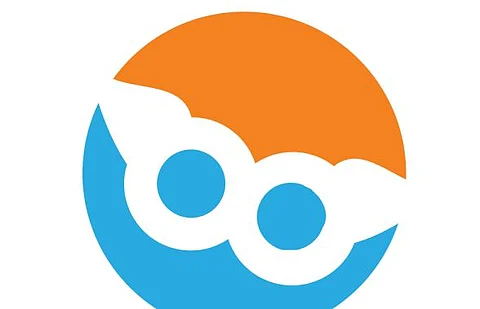
- Home
- Live Blog
- Breaking News
- Top Headlines
- Cities
- NE News
- Sentinel Media
- Sports
- Education
- Jobs

Codesters
Codesters provides authentic coding experiences within a well-designed platform. As with most other coding websites, students follow scaffolded tutorials to learn coding basics. What makes Codesters stand out is its focus on learning to code in Python, a professional programming language. The workspace is centered on a text-based code editor. Students learn to read, modify, and write their own code using a combination of drag-and-drop tools and typing directly into the Python code. Each lesson includes three phases: build, modify, and create. These phases move students from step-by-step instructions to a blank slate for creating their own projects.
Codesters includes a class page where work is shared between classmates for review and remixing. Both the student and teacher dashboards provide clear data; students can track their progress through each step of the lesson, and teachers can drill down into student data. Codesters also makes it easy to preview each lesson. Detailed written lessons plans are provided for teachers and include standards alignment, learning targets, differentiation ideas, and more.
Machine Learning for Kids
Machine Learning for Kids is a website offering projects that combine machine learning and artificial intelligence (AI) with Scratch (the block-based coding language) and App Inventor. Users sign up for a free account from IBM Cloud to get access to Watson, the question-answering computer system. Machine Learning for Kids then provides step-by-step instructions for creating a data set that's "fed" to Watson to train the AI. Through a simple Scratch interface, students can then see the machine learning in action.
Currently, there are 27 different projects available, all of varying types and complexity. Each one makes use of machine learning in a different way to show the ways in which it's being used in research, business, and academia. Projects include:
Creating a chatbot that recognizes questions and gives plausible answers
Using the computer's camera to sort photos
Facial recognition
An app that makes recommendations based on user preferences
The micro:bit
The micro:bit website contains code editors as well as project ideas for the micro:bit minicomputer. This handheld minicomputer can be used to code games, animations, and more on its own or in conjunction with other devices. One of the coding editors offers students the opportunity to program using blocks (similar to those of Scratch) or JavaScript through the Microsoft MakeCode platform. There's also a separate MicroPython editor for coding in Python.
The coding platform allows students to view what their project will look like on the micro:bit as they're programming. When they're finished, students download their program to the micro:bit drive on their computer. In addition to the website, there are iOS and Android apps. The apps and website use the same coding platforms; however, connecting to the app requires more steps, and the overall downloading process to the micro:bit is different.
Tynker Junior
Tynker Junior, a prereader version of Tynker, is a picture-based coding platform for early learners. Kids explore three worlds -- Ocean Odyssey, Robots, and Wild Rumble -- and advance through 30-plus levels on each board to learn the basics of block programming, sequencing, loops, and other coding fundamentals. A voice-over guides users through each challenge, providing praise for successful completion and a simple message to try another way for combinations that don't work. Kids can earn badges and access to fun activities like designing their own aquarium as they progress through each world. Account holders receive email updates when a student achieves a new level. Upon completion of all activities, kids are directed toward the more challenging Tynker platform.
ScratchJr
By dragging and dropping graphic sprites across the ScratchJr screen, little programmers can bring simple -- and lightly interactive -- scenes to life. The Lego-like, snap-together commands make the basic programs easy to create. For example, drag a cartoon cat onto a beach scene, and drag a small icon into the programming window to add a movement command. Then just add a "start when touched" command and snap a repeat element onto the move icon, and a tap on the cat sends the cartoon skittering across the screen.
Taking advantage of your device's tactile interface, everything in the program is a tap or swipe away. The entire interface is well-designed to look like toys and art supplies carefully arranged on a desk, so it's easy to engage the title's 5- to 7-year-old target age range. And, although kids left alone can easily get lost in the various options, with a little guidance, they can design, build, and enjoy their very own presentations.
Codeable Crafts
Codeable Crafts is a clever reworking of introductory coding, combining simple crafting (coloring, stickers, cut-out shapes) with visual block-based coding to get kids making animations and telling stories. It begins with a brief tutorial overview showing kids how to decorate and animate charming animal templates. Then, kids choose from My Sketchbook or My Storybook to start creating. Kids color and affix stickers to the templates in the sketchbook, and select finished creatures to star in animated stories in the storybook, choosing from a small set of basic coding blocks to create sound, movement, and text. They put the blocks together like puzzle pieces and tap play to watch the finished story.